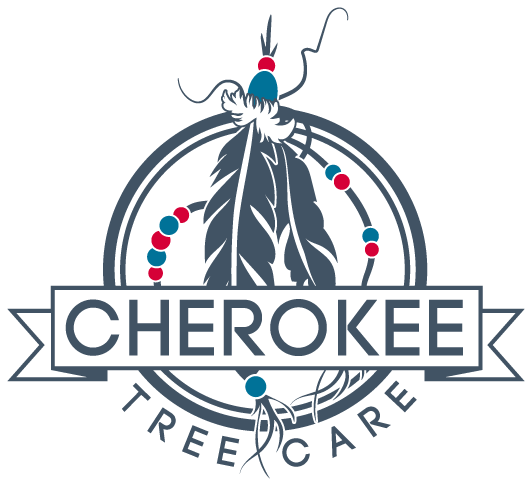The Ozarks is known for extremes. The old saying “If you don’t like the weather, just wait and it will change” holds true. Our winter has been warm so far, but now we’re starting to see some ice and snow. Our ice storms seem to run in 20 year cycles, or at least the storms that damage trees. The storm of 1987 is one I will never forget. It was Christmas Eve afternoon, and rain started sticking to the trees.
We all remember the ice storm of 2007-2008; our stories include tales of city-wide power outages and days of silence, save the sound of generators and large limbs cracking, breaking, then crashing. Ice storms have destroyed many great old trees in the Queen City and lots of younger ones as well. The million dollar question is, what can we do to protect our trees from ice damage?
The simple answer is to have your trees inspected by an arborist, one that will provide you with a written report on the structural integrity of your trees. Depending on the number of trees on your property and the amount of detail, this report could run you a few hundred dollars or be free of charge. The free, written estimate we provide at Cherokee Tree Care is a good start. Tree Risk Assessment is available now with standardized methods of inspection, and training for the arborist/inspectors from the ISA (International Society of Arboriculture). The science of inspecting and reporting of tree risk has come a long way in the last few years.
Here is a simplified version of what you will find on a tree risk assessment form; keep in mind we use one form per tree. The arborist will look at the location of the tree—remember that no two trees are exactly alike or in the same location. We identify what targets the tree could damage and their proximity to the tree. We inspect the condition of the crown and limbs, trunk, root flare and roots.
If you have 2-3 mature trees that are obvious assets to your property, having a professional inspect and provide a written risk assessment is a good investment for your records and peace of mind.
Let’s face it—trees and ice are not a good combo. A proactive approach is really the only approach. When the ice starts to collect on trees, all you can do is stay clear and hope for the best. Trying to manually shake the ice off small trees may do more harm to the tree and can be dangerous. Let’s pray that Old Man Winter holds off with those 30-34 degree extended periods of rainfall.
Our trees are the silent partners in the community. They filter noise, water and air pollutants. They provide shade and oxygen while giving us a sense of well being day and night. Trees are our statement of hope because we ultimately plant, grow, and maintain trees for the next generation.

